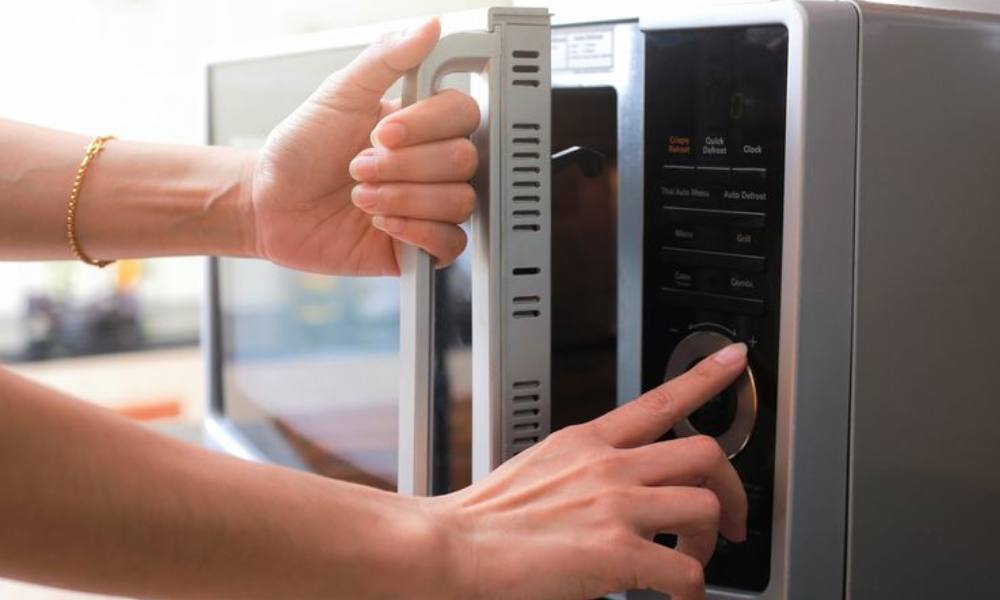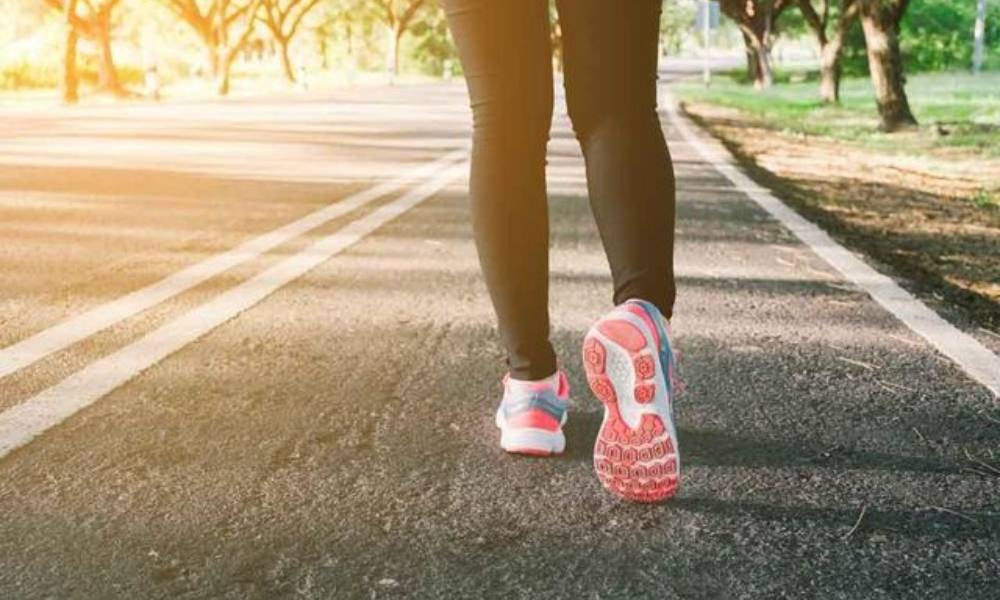
As an Amazon Associate I earn from qualifying purchases.
by ElenaStyle

As an Amazon Associate I earn from qualifying purchases.
So you’ve been wondering, can you microwave shoes? Well, let’s take a moment to ponder this intriguing question.
Microwaving shoes, a seemingly unconventional notion, has gained attention in various circles, prompting questions about its validity and potential benefits.
As individuals seek quick solutions for tasks like drying wet shoes or hastening the break-in process, the idea of utilizing a microwave may arise.
This article aims to explore the myths, dangers, and more suitable alternatives, providing a comprehensive guide on why microwaving shoes is not recommended and offering safer approaches for shoe care.

Microwaving shoes is a practice that should be avoided at all costs due to the associated risks and potential damage to both the shoes and the microwave.
Despite the clear warnings, some individuals may consider microwaving shoes for perceived benefits, such as quick drying and breaking them in faster. However, these beliefs are rooted in misconceptions and can lead to serious consequences.
Some people may mistakenly believe that microwaving wet shoes will expedite the drying process. This notion stems from the microwave’s ability to generate heat. However, the materials in shoes, such as rubber, leather, and synthetic fabrics, may not respond well to microwave radiation. This can result in uneven heating, damage, or even pose a fire hazard.
Another myth is that microwaving shoes can accelerate the process of breaking them in. Breaking in shoes is typically achieved by wearing them gradually to allow the materials to adjust to the shape of the feet.
Microwaving shoes is ineffective for this purpose and may cause damage, especially if the shoes have metal components.
Individuals might encounter unverified advice online suggesting that microwaving shoes can solve specific issues. It is essential to critically evaluate such advice, considering the potential risks and consequences. Microwaving shoes can damage the microwave, pose safety risks due to metal components, and release toxic fumes from heating certain materials.
It is crucial to emphasize that microwaving shoes is neither safe nor recommended. Microwaves are designed for specific uses, primarily heating food, and attempting to use them for other purposes can lead to damage, safety hazards, and compromised functionality.
It is advisable to avoid microwaving shoes altogether and instead use traditional methods like air drying or employing specialized products designed for safe and effective shoe care.
Microwaving shoes is a dangerous practice that can lead to catastrophic consequences. Here are three reasons why microwaving shoes isn’t recommended:
Shoes often consist of materials like rubber, leather, and synthetic fabrics, which are susceptible to catching fire when exposed to intense heat.
Microwaving shoes can lead to uneven heating, causing the materials to scorch or ignite, posing a significant fire hazard.
This not only endangers the shoes themselves but can also jeopardize the safety of the surrounding environment, potentially leading to a house fire.
Microwaving shoes can result in damage to both the shoes and the microwave. The materials in shoes may not be compatible with the microwave’s design, leading to the release of chemicals or fumes that can damage the appliance’s interior.
Additionally, the heat generated in the microwave may cause the shoes to melt, warp, or become disfigured, rendering them unusable. This damage compromises the functionality of both the microwave and the shoes.
Many shoes incorporate metal components such as eyelets, zippers, or supportive structures. Microwaving shoes with metal parts can cause arcing, which is the discharge of electricity between metal objects.
This can lead to damage to the microwave and even pose an explosion risk. The combination of metal in shoes and the microwave’s electromagnetic radiation is a dangerous mix that can result in irreversible damage.
Heating certain materials found in shoes, especially synthetic ones, can release toxic fumes. Microwaving shoes may expose individuals to harmful substances, posing potential health risks.
Inhaling these fumes can lead to respiratory problems and other health issues, making it imperative to avoid microwaving shoes for the safety and well-being of those in proximity.
Microwaving shoes is not recommended due to the inherent risks of fire, damage to both the shoes and the microwave, potential arcing, and the release of toxic fumes. Safer alternatives for drying or breaking in shoes exist, and it is crucial to prioritize these methods to ensure the longevity of your shoes and maintain a safe environment.

Here are five safer and more effective ways to dry your tour shoes:
Gently and effectively absorb moisture from wet shoes by crumpling newspaper and stuffing it inside. This method is safe for all shoe materials and helps maintain their shape while facilitating efficient drying.
Position your shoes near a fan or vent to promote air circulation, allowing for even drying without the use of heat. This method is safe for all materials and provides a natural, non-intrusive way to dry your shoes.
Invest in a shoe dryer, a device designed for controlled heat and airflow that facilitates quick and thorough drying without causing damage. Follow the manufacturer’s guidelines for your specific shoe dryer to ensure optimal results and preserve the integrity of your shoes.
Place silica gel packets inside your shoes or in a shoe bag to effectively absorb moisture, especially from the inner areas. Silica gel is non-toxic and won’t harm your shoes, providing a safe and reliable method for drying.
Utilize the natural drying power of indirect sunlight by placing your shoes in a well-ventilated area. This gentle method is suitable for most shoe materials and ensures a thorough drying process without compromising the integrity of your footwear.
Tips: Remember to remove insoles and laces if possible to facilitate faster drying.

Breaking in new shoes can be a painful and frustrating experience, but it doesn’t have to be! And explore these safer and more effective alternatives to get your shoes feeling comfy and ready for adventure:
The most effective and time-tested method to break in shoes is to wear them gradually. Start with short periods of wear and gradually increase the duration. This allows the materials to adapt to the shape of your feet naturally, minimizing discomfort and potential damage.
Invest in a high-quality shoe stretcher designed for the specific type of shoe you have. A shoe stretcher helps expand the material in targeted areas, aiding in the break-in process without causing unnecessary stress or distortion to the shoe’s structure.
Some shoe stores offer heat molding services, which use a special machine to conform the shoes to your feet’s unique shape. This can be a great option for shoes with a snug fit or those made from moldable materials.
For leather shoes, applying a leather conditioner can soften the material and make it more pliable. This can help ease the break-in process and prevent cracking.
Remember, patience is key when breaking in shoes, and it’s essential to prioritize comfort and the longevity of your footwear. Avoid extreme methods that could potentially damage the shoes or compromise their structural integrity.
Microwaving shoes can cause a fire. Don’t do it! The heat generated by the microwave can ignite certain materials in the shoes, leading to potentially dangerous consequences. Keep your microwave and your feet safe.
Microwaving shoes will not eliminate shoe odor. It may cause damage to the shoes and even start a fire. Instead, try using baking soda or odor eliminators specifically designed for shoes.
Also Read: How to Fix Converse Sides?
The act of microwaving shoes should be unequivocally dismissed as a viable solution for tasks like drying or breaking them in. The microwave, designed for specific culinary purposes, poses serious risks when applied to non-food items, particularly shoes.
From the potential damage to the microwave itself to safety hazards, including fire risks and the release of harmful fumes, the drawbacks far outweigh any perceived benefits. It is imperative to prioritize the safety of both your shoes and your household by opting for tried-and-true methods for shoe.
By heeding this advice, you ensure the longevity of your shoes and safeguard against unnecessary risks associated with microwaving.